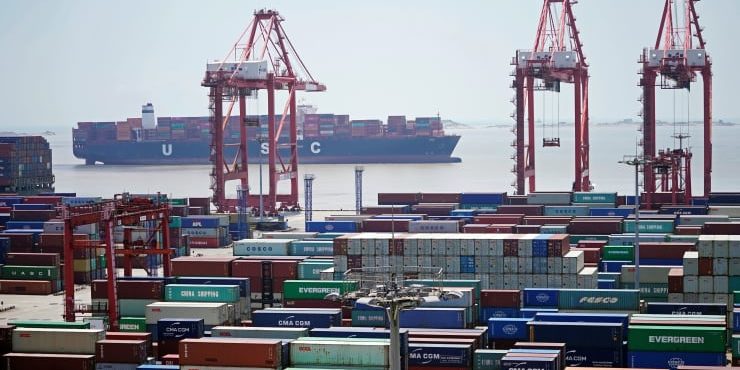In the past month, the epidemic has gradually worsened the situation and the global supply of containers, which has led to continuous increases in ocean freight prices.
It would be unimaginable for global trade without containers. Most parts of the world have enough containers to handle global trade goods. But a large number of containers have been stranded in the wrong place, and it is becoming a serious problem of global supply chain disruption.
Most of the factories producing containers are concentrated in China. In 2020, the output of boxes has reached a new level. It is expected that more than 5 million steel boxes will be produced this year. The output is growing rapidly but the supply is still in short supply. Because of the rapid increase in demand for replenishment of inventory and the chain reaction of shipping interruptions, thousands of containers have been stranded in ports or at sea. The cargo was piled up in the port, and the logistics company’s business was overwhelmed.
The shortage of containers can be traced back to before the pandemic. At the end of 2019, due to declining consumer demand, shipping companies reduced some routes between Eurasia and the Americas. As market demand rebounded within six months, thousands of empty containers were stranded in Europe and the Americas, so Chinese exporters began to wait a long time for containers.
In recent years, the economic recession and the decline in production activities have led to today’s shortages, but the interruption caused by the pandemic blockade has been the main factor hindering supply, leading to the stagnation of a large number of empty containers in Europe.
However, as the economic recovery is accompanied by the growth of demand, the reversal of the relationship between supply and demand has brought challenges to logistics in the short term. Although container production has hit a record high, supply is still unable to keep up with the strong demand brought about by the pandemic.


